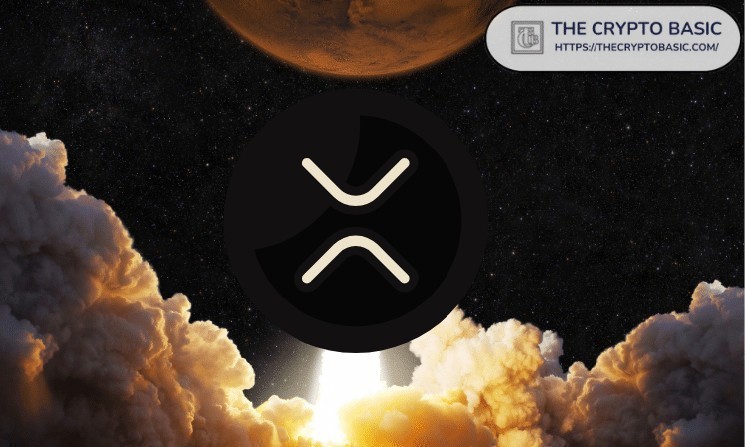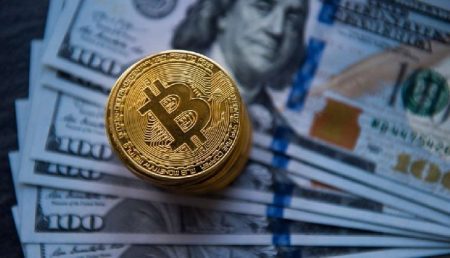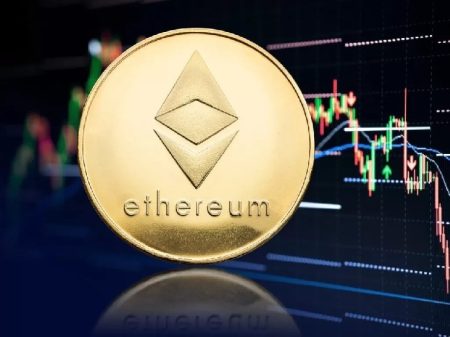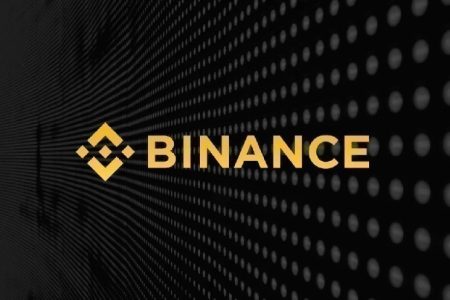XRP’s Meteoric Rise: Analyst Predicts Potential Surge to $200 Amid Market Skepticism
In the ever-evolving landscape of cryptocurrency investments, bold predictions often capture the attention of investors and enthusiasts alike. Market analyst EGRAG has recently stirred significant debate within the crypto community by outlining an ambitious scenario for XRP’s future trajectory, suggesting the digital asset could potentially soar to a staggering $200 per token. This prediction, based on sophisticated technical analysis, comes at a time when XRP is experiencing short-term selling pressure, making the contrast between current performance and projected potential particularly striking.
The Technical Foundation Behind the Bold Prediction
EGRAG’s analysis employs a monthly linear regression model plotted on a logarithmic scale, suggesting that XRP is approaching what the analyst describes as a “critical inflection point” in its market cycle. What lends credibility to this model is its impressive R-squared value of 0.84754, indicating that nearly 85% of XRP’s historical price movements can be explained within this analytical framework. This statistical strength has given the analyst confidence in making long-term projections that far exceed current price levels.
The methodology combines historical pattern recognition with statistical modeling to identify potential future price movements. By analyzing XRP’s previous market cycles and plotting them against logarithmic regression bands, EGRAG has identified what appears to be a consistent pattern of expansion and contraction. This technical approach suggests that while short-term volatility remains unpredictable, the longer-term trajectory could follow these established patterns if market conditions remain favorable and adoption continues to grow.
XRP Price Cycle 3: Understanding the Current Market Position
According to EGRAG’s analysis, XRP is currently progressing through its third major price cycle, which began following the 2021 market peak. This cycle appears to be developing within the same regression trend observed in previous iterations, with the current price positioning closer to the midrange of the model. What makes this observation particularly significant is that the regression line is trending higher over time, suggesting that even conservative price targets will gradually increase as the cycle progresses.
The current trading price of approximately $2.81 represents a 7.3% decline over the past week, positioning XRP at what the analyst considers the accumulation phase before a potential upward movement. Historical data shows that XRP has typically experienced periods of consolidation before dramatic price appreciation, and EGRAG believes the current market conditions mirror those previous patterns. The model indicates growing upward pressure as the market potentially heads toward its next expansionary phase, though timing such movements remains challenging even for experienced analysts.
From Conservative Estimates to Moonshot Scenarios
EGRAG’s analysis frames a range of possible outcomes for XRP’s future valuation, spanning from a relatively conservative $18 to an extraordinary $200 per token. Even the lower end of this spectrum would represent a substantial 540% increase from current levels, while the upper range would require an astonishing 7,017% growth. The analyst emphasizes that the $200 projection represents a best-case “overshoot” scenario, where market enthusiasm and adoption drive prices well beyond statistical expectations.
What makes these projections particularly interesting is that XRP has demonstrated the capacity for explosive growth in previous market cycles. During bull markets, cryptocurrencies often experience parabolic price movements that defy traditional valuation metrics. EGRAG points to XRP’s historical performance, which shows that during optimistic market conditions, the token has frequently outperformed more conservative projections. However, it’s worth noting that a $200 valuation would give XRP a theoretical market capitalization of approximately $12 trillion, exceeding the current market cap of any publicly traded company in the world and raising questions about practical limitations.
Market Skepticism: The Reality Check
Not surprisingly, EGRAG’s ambitious projections have faced substantial criticism from other market commentators. One prominent critic, identified as “Cryptonardo” on social media platform X, dismissed the analysis as “just theory, nothing real,” arguing that such price targets are detached from market realities. Cryptonardo pointed out that even a more modest target of $27 would give XRP a market capitalization exceeding $1.6 trillion, which he considers unrealistic given current adoption levels, liquidity constraints, and competitive pressures within the cryptocurrency ecosystem.
The skepticism highlights the fundamental tension in cryptocurrency price forecasting—balancing technical analysis with practical market considerations. Critics argue that for XRP to reach such valuations, it would need to overcome significant regulatory hurdles, achieve unprecedented levels of institutional adoption, and substantially increase its utility in cross-border payments and other financial applications. Furthermore, they contend that XRP’s market capitalization surpassing that of established cryptocurrencies like Bitcoin and Ethereum seems implausible given the current market structure and relative positioning of these assets.
The Market Cap Multiplier Effect and Future Possibilities
In response to criticisms, EGRAG has defended his methodology by emphasizing the concept of a “market cap multiplier effect.” According to this perspective, an asset’s market capitalization isn’t merely a function of direct investment inflows but can be dramatically amplified by market psychology, liquidity dynamics, and institutional participation. The analyst suggests that XRP wouldn’t necessarily need to attract trillions in direct investment to reach the projected valuations, as price discovery in cryptocurrency markets often exhibits exponential rather than linear characteristics.
This theoretical framework points to a fundamental aspect of cryptocurrency markets that distinguishes them from traditional financial assets—their capacity for rapid repricing based on changing sentiment and adoption curves. If XRP were to secure significant institutional partnerships, achieve favorable regulatory clarity, or become integrated into major financial infrastructure, its valuation metrics could potentially shift dramatically. While the $200 projection remains highly speculative, the ongoing evolution of digital asset markets and financial technology suggests that traditional valuation models may not fully capture the potential trajectories of assets like XRP in an increasingly digital global economy.
As investors navigate this complex landscape, balancing optimistic technical projections with practical market considerations will remain essential. Whether XRP ultimately achieves the ambitious targets outlined by EGRAG or follows a more modest growth trajectory, the analysis provides a fascinating window into the methodologies and debates that continue to shape expectations in this emerging asset class.














